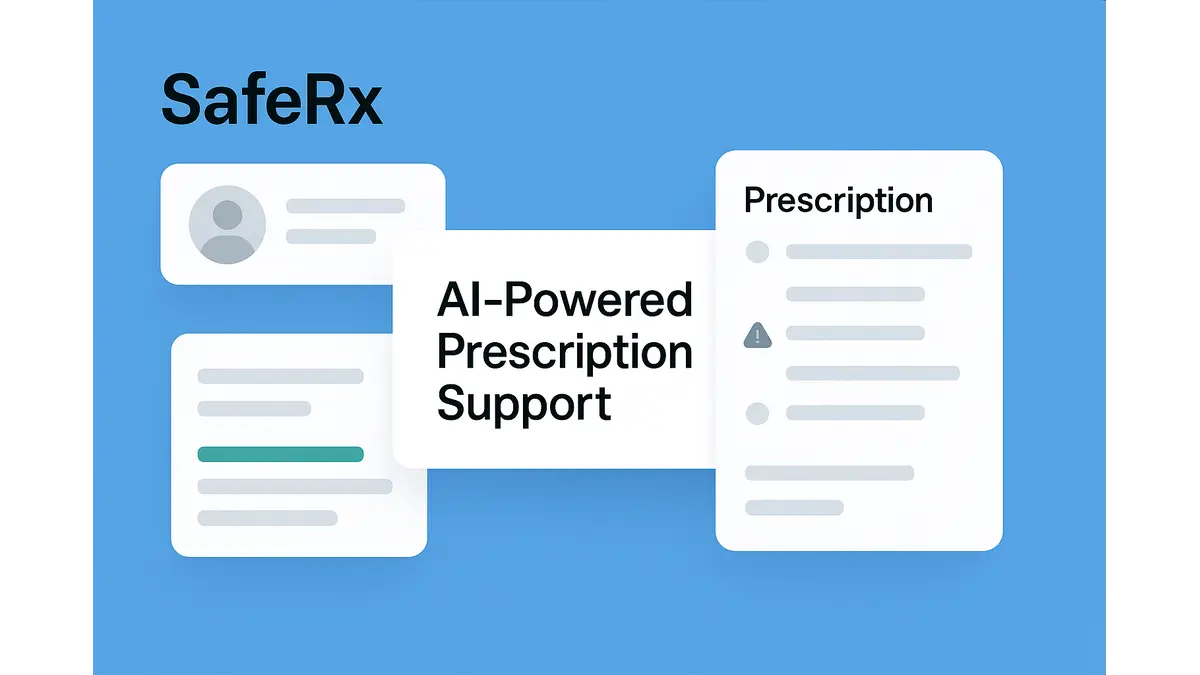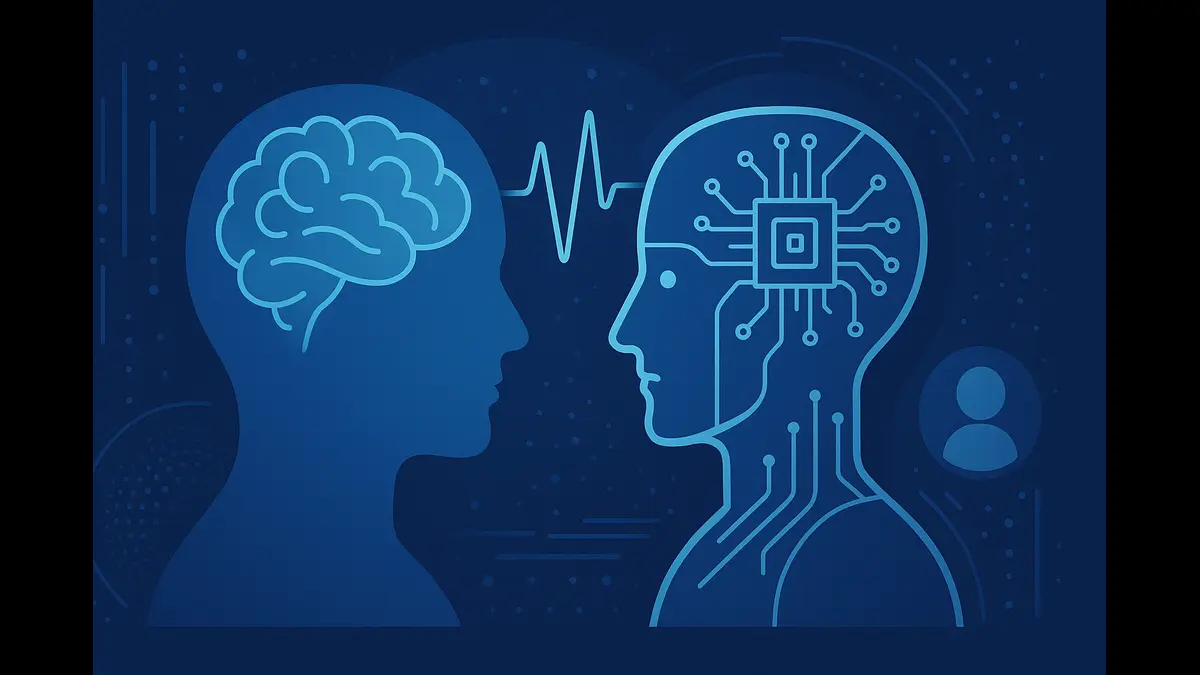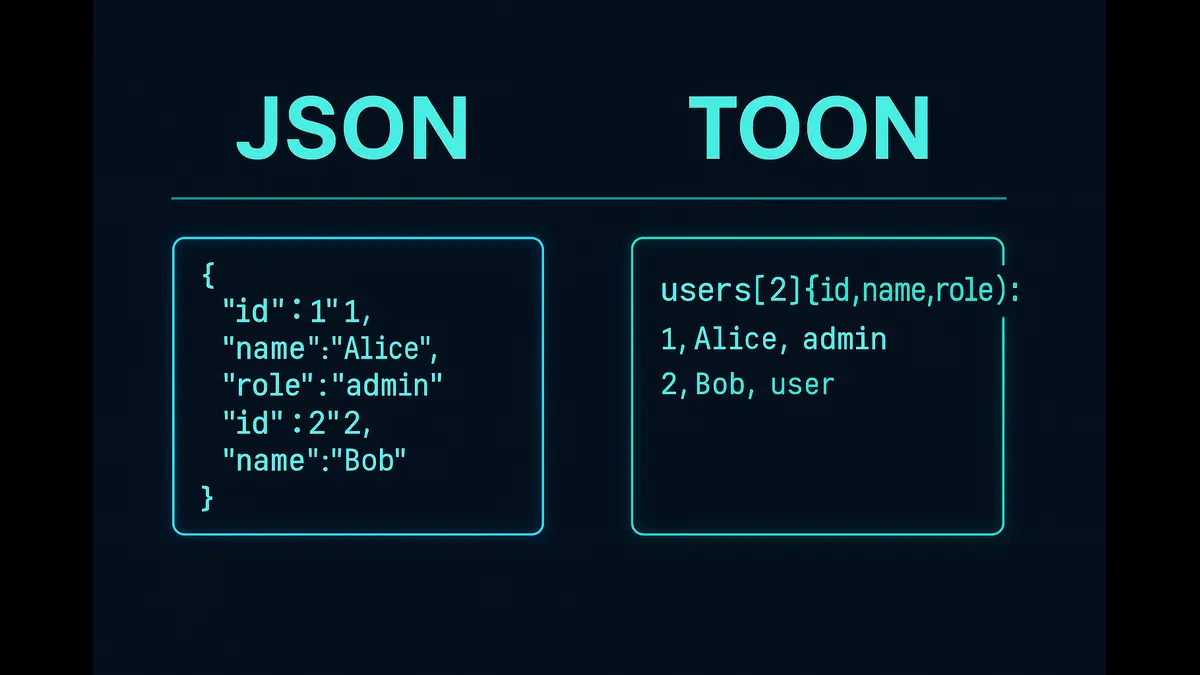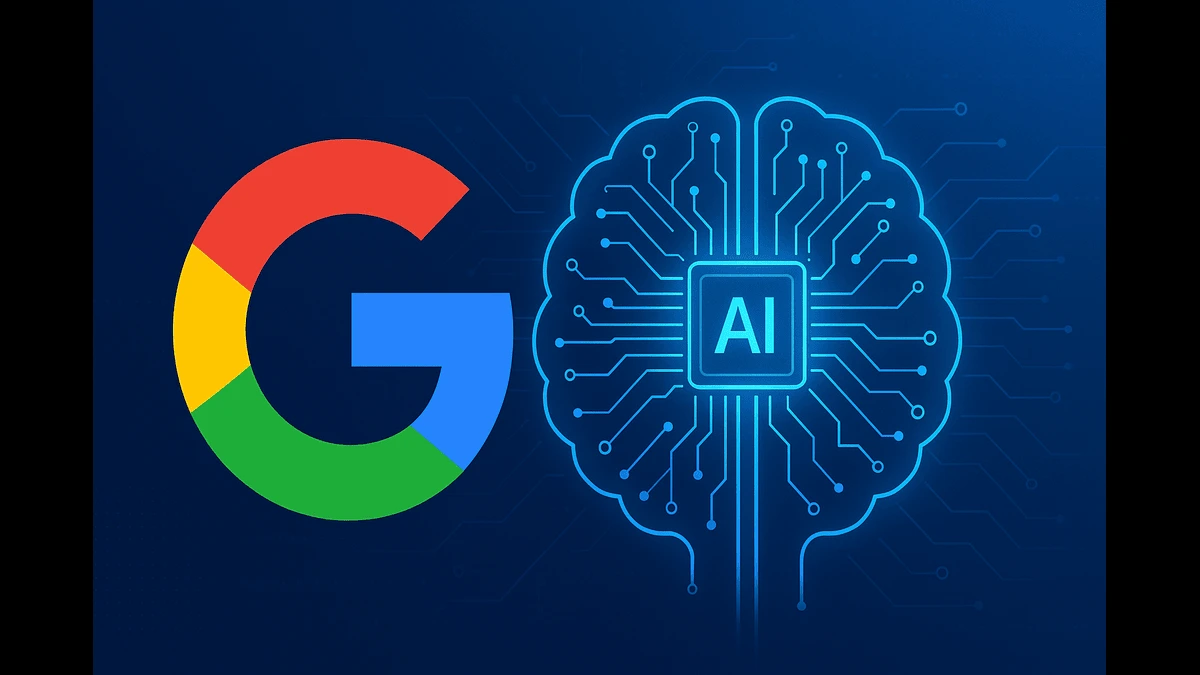
The AI Prescription Revolution
Picture a bustling hospital in India, where a doctor navigates a flood of patients in a single shift. Each prescription demands precision—choosing the right drug, avoiding harmful interactions, and accounting for a patient’s unique history. Traditionally, this relied on memory, experience, and paper records. Now, artificial intelligence is stepping in, transforming this delicate balance of science and intuition into a process that’s safer, smarter, and more efficient.
Prescribing medicines has always been a cornerstone of healthcare, but the digital age is bringing new tools to the table. AI is empowering doctors to make decisions that are not just accurate but also tailored to individual needs, drawing on vast data and real-time insights. This isn’t about replacing clinicians; it’s about giving them a trusted partner to reduce errors and enhance care.
In India, where healthcare challenges are as diverse as its population, this shift is especially significant. A groundbreaking tool called SafeRx, developed by Amala Medical College & Research Centre in Thrissur, Kerala, in collaboration with Bengaluru-based healthtech firm DoctorAssist.AI, is leading the charge. Launched on August 3, 2025, SafeRx is designed to evaluate prescriptions in real time, catching risks and guiding better choices. It’s a testament to India’s growing role in a global movement to make medication management more reliable and human-centered.
This evolution is about more than technology—it’s about protecting patients, easing the burden on doctors, and building trust in healthcare systems. Let’s dive into SafeRx’s story, its impact in India, and how it fits into a worldwide wave of AI-driven prescription innovations.
The SafeRx Story: Local Roots, Global Relevance
SafeRx was born from the real-world demands of Indian healthcare, where high patient volumes and limited resources often strain traditional prescribing methods. Developed through a partnership between Amala Medical College’s clinical expertise and DoctorAssist.AI’s technological innovation, SafeRx integrates seamlessly into a doctor’s workflow, whether in a busy clinic, emergency room, or telemedicine setup.
Its core features tackle common prescribing pitfalls:
Drug Interaction Alerts: SafeRx scans a patient’s medications in real time, flagging potential conflicts that could lead to side effects or reduced efficacy.
Antibiotic Stewardship: Using local antibiograms—data on regional bacterial resistance patterns—it promotes evidence-based antibiotic use, critical for combating antimicrobial resistance (AMR).
Patient Context Analysis: It considers medical history, comorbidities, and current treatments to validate or suggest prescriptions.
Workflow Efficiency: By providing instant, evidence-backed guidance, it speeds up decision-making in high-pressure settings like outpatient departments (OPDs) or emergencies.
“SafeRx is not replacing the doctor—it’s augmenting clinical intelligence with machine precision,” says the project lead at Amala Medical College. This ethos underscores its design: a tool rooted in local needs but built for scalability. DoctorAssist.AI, founded to harness AI for better patient outcomes, incorporates real-world evidence, making SafeRx adaptable across diverse healthcare settings.
Why This Matters for India
India’s healthcare system is a tapestry of contrasts—urban hospitals overflowing with patients, rural clinics grappling with access, and a rising tide of antibiotic resistance. Doctors often face intense caseloads, with consultation times sometimes shrinking to mere minutes. In such conditions, prescription errors, whether from overlooked interactions or rushed decisions, can have serious consequences.
SafeRx addresses these challenges head-on:
Standardizing Quality: It ensures consistent, high-quality prescriptions across urban hospitals and semi-urban clinics, leveling the playing field.
Localized Recommendations: By tailoring advice to regional epidemiology, such as local resistance patterns, it makes guidance practical and relevant.
Rural Reach: Its cloud-based design, with offline capabilities, brings advanced support to areas with limited connectivity, bridging the urban-rural divide.
With India facing some of the world’s highest rates of antibiotic resistance, SafeRx’s stewardship features are a game-changer, aligning with national efforts to curb anti-microbial resistance. Beyond immediate benefits, it fosters trust: patients gain confidence knowing their prescriptions are vetted by intelligent systems, while doctors are shielded from medico-legal risks. In the context of India’s digital health push, like the Ayushman Bharat initiative, SafeRx is a natural fit, enhancing efficiency without overwhelming users.
AI Prescription Systems Around the World
SafeRx is part of a global wave of AI tools reshaping how medications are prescribed. From the US to Israel, similar innovations are enhancing clinical workflows, each with unique strengths. Here’s a snapshot of key players:
Tool Name | Country | Unique Feature | Adoption Level |
|---|---|---|---|
SafeRx | India | Real-time drug interaction checks + local antibiogram use | Early adoption in Kerala, piloting in hospitals |
IBM Micromedex with Watson | USA | Natural language queries for drug dosing & interactions | Widely adopted in US hospitals |
DeepMind Streams | UK | Predictive alerts for acute kidney injury (AKI) monitoring | National Health Service-integrated in select trusts |
MedAware | Israel | ML-based anomaly detection for unusual prescriptions | Adopted in major Israeli hospitals |
Aidoc | Global/Israel | AI-driven radiology with emerging prescription integration | Expanding in multi-specialty hospitals globally |
Huma.AI | USA | Query real-world drug outcomes in plain language | Growing adoption in US & Europe |
In the US, IBM Micromedex with Watson uses natural language processing to deliver detailed drug dosing and interaction insights, widely integrated into hospital Electronic Health Records. DeepMind Streams, developed in the UK, focuses on predictive alerts for acute medical conditions, with its technology supporting select National Health Services trusts. Israel’s MedAware leverages machine learning to catch unusual prescriptions, preventing errors in major hospitals. Aidoc, also from Israel but global in reach, excels in radiology AI and is expanding into prescription integration, linking imaging to medication decisions. Huma.AI, based in the US, allows clinicians to query real-world drug outcomes in plain language, gaining traction in the US and Europe.
These tools highlight a shared goal: using AI to prevent errors, optimize prescribing, and improve patient outcomes, with each tailored to its region’s healthcare needs.
The Global Trend: AI in Prescription Safety
Three key forces are driving this global shift:
Data-Driven Care: Hospitals are moving from reactive to predictive models, with AI analyzing electronic health records to foresee adverse drug events.
Antimicrobial Resistance: Tools like SafeRx ensure antibiotics are used judiciously, slowing the spread of resistance, which claims millions of lives annually.
Electronic Health Record Integration: Seamless plug-ins deliver AI insights at the point of prescribing, minimizing disruption to clinical workflows.
These trends reflect a broader move toward precision medicine, where decisions are informed by data, not just intuition, making care safer and more efficient.
Research Insights: Opportunities & Challenges Ahead
Studies highlight significant opportunities for AI in India and the Global South. Tools like SafeRx can be adapted for other resource-constrained regions, addressing shared challenges like high patient volumes. They also reduce medico-legal risks, boosting confidence in digital health platforms.
However, challenges remain:
Data Privacy: Compliance with India’s data protection laws is critical for cloud-based systems handling patient data.
Rural Connectivity: Unreliable internet in remote areas can hinder real-time AI use, though offline features help mitigate this.
Algorithmic Bias: Ensuring AI recommendations don’t favor certain demographics requires diverse, representative training data.
Ethical concerns, like potential job impacts, and funding constraints also need addressing to fully realize AI’s potential.
The Doctor + AI Future is Here
SafeRx represents a pivotal moment in healthcare—a blend of human expertise and machine precision that’s making prescriptions safer and more effective. It’s part of a global movement where AI acts as a silent, vigilant assistant, enhancing care without overshadowing the doctor’s role.
If this vision takes root, AI-powered prescription systems could become as ubiquitous as stethoscopes: essential, trusted, and always within reach. In India and beyond, this partnership between technology and compassion is paving the way for a healthier, more equitable future.
Discover more from Poniak Times
Subscribe to get the latest posts sent to your email.







